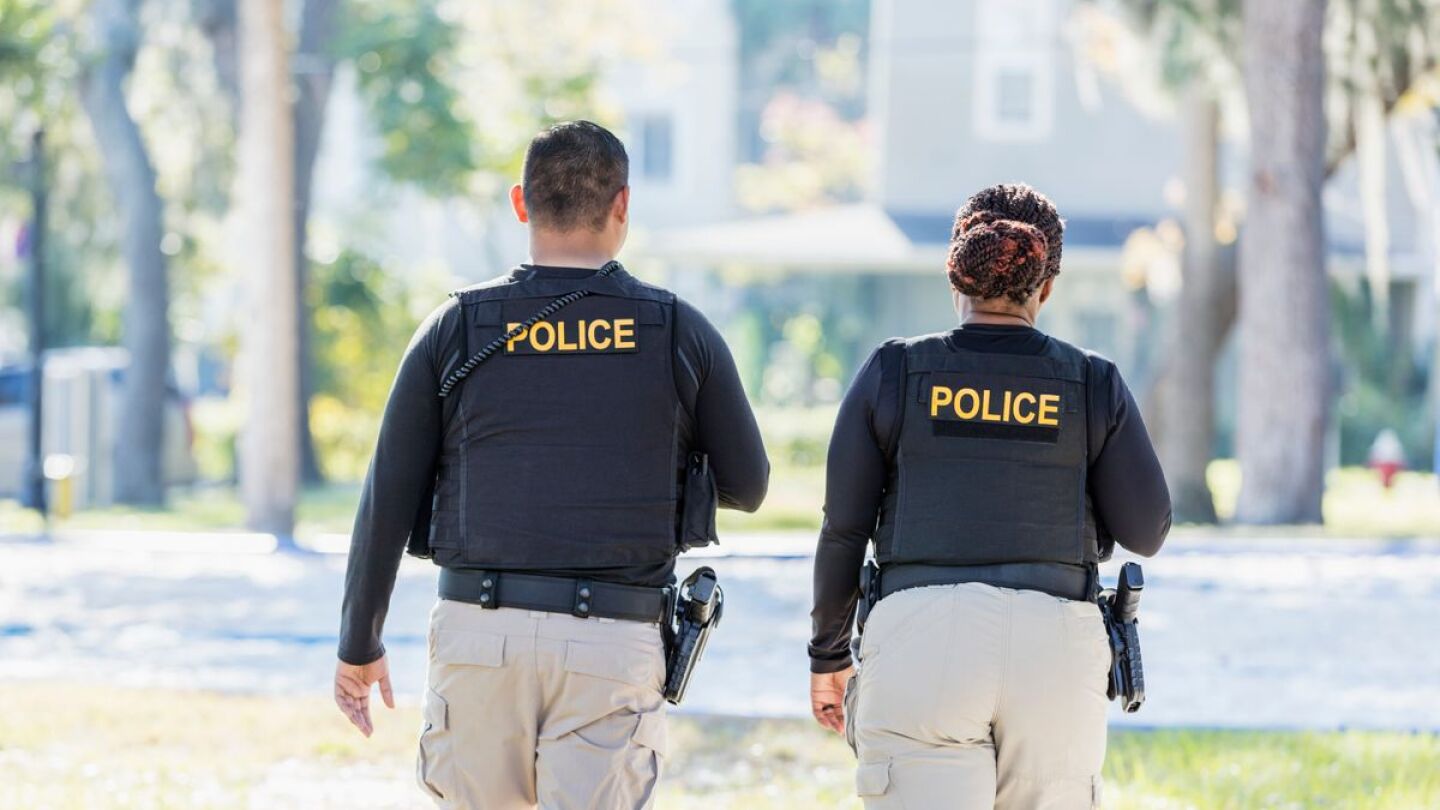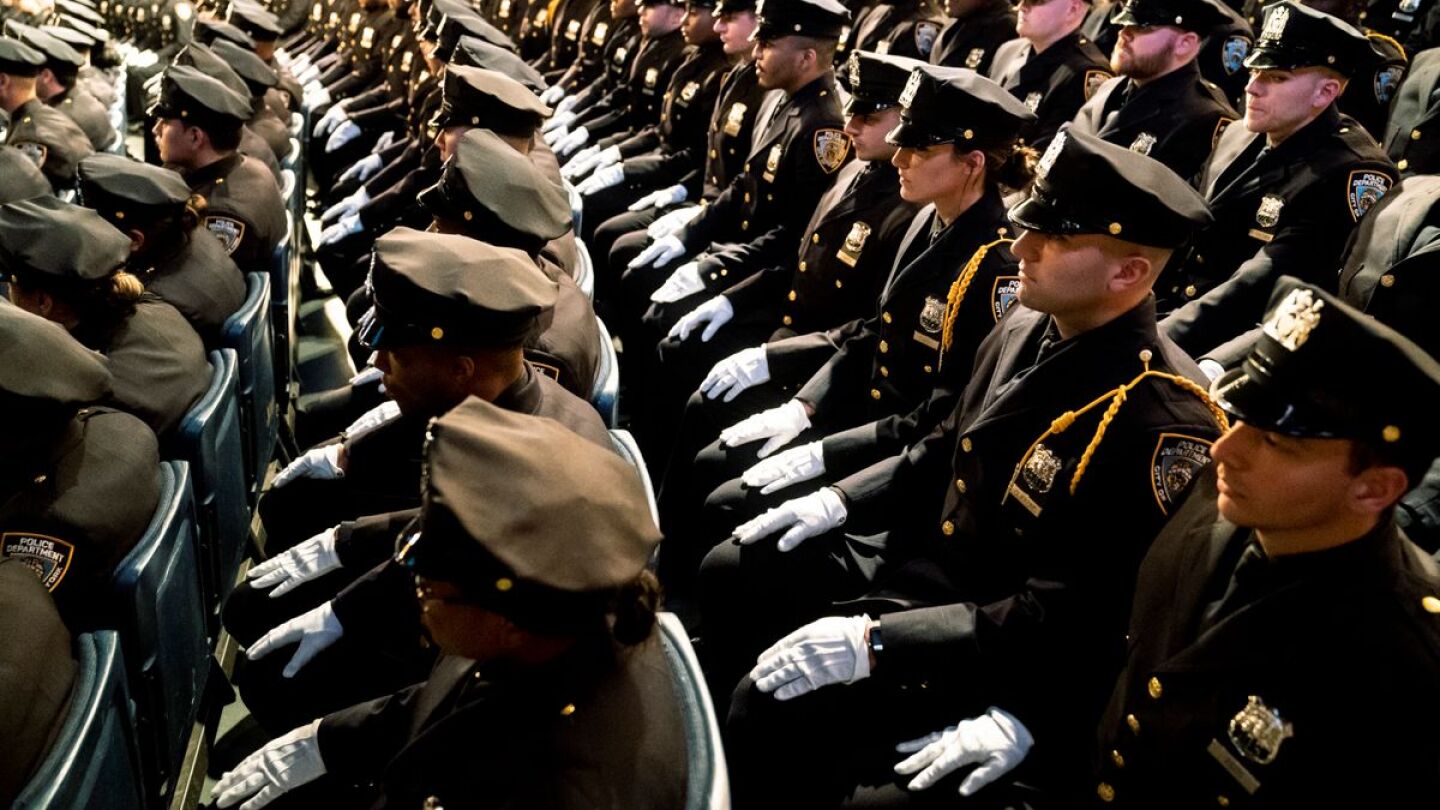Law Enforcement Policies
This Policies section highlights how law enforcement policy plays out in the real world, while also connecting you with best practices for drafting, updating and ensuring accountability with policies.
In U.S. v. Pinder, the 10th Circuit questioned a car search and discovery of evidence under the search-incident-to-arrest doctrine
In United States v. Giambro, the 1st Circuit ruled officers unlawfully entered a home without a warrant under the emergency aid doctrine
PTSD in law enforcement threatens lives and inhibits performance – here’s what to do about it
Today’s candidate pool wants immediate gratification. The idea of applying for a job that may take up to 12 months or longer to secure is unfathomable
To protect the freedom of the press, law enforcement must handle uncertain situations with the utmost care and professionalism
The department hopes the change will attract new recruits who may have been apprehensive about applying due to tattoo restrictions
Kareim McKnight filed a lawsuit claiming that a medic, under the direction of a police sergeant, injected her against her will while she was handcuffed
“We have to send a strong message that if people choose to sell drugs in our city, that they will be held accountable,” Brooke Jenkins said
The professor, who had locked himself out of his campus building, did not have ID to show the officer
“This incident should have never occurred because this offender should have still been incarcerated based on his prior convictions,” the chief said
Statewide, 245 overdose deaths were reported last year, and six out of 10 were linked to fentanyl
“I think there’s more pressure on chiefs than before. It’s been a tough few years in law enforcement,” one chief said
Early intervention systems take time and work to develop and implement and there is no “one size fits all” solution
It was the officers’ adherence to policy that led to a successful prosecution
A report said the city is out of compliance with sections governing UOF, training, accountability, community engagement, crisis intervention and more
The CBS special, “Code Blue: Officers in crisis,” takes a deeper look at what the department can do to provide better mental health support for officers
Such reporting would show how often officers face resistance and the lengths they go through to avoid using force
Chief denounced the behavior and commended the officer who acted inline with the department’s policy to intervene
“For anybody out there that says they get plenty of time off, they get plenty of rest, I call bull----. It’s not true. It’s not sustainable.”
A discussion about the pros and cons of law enforcement adopting a fire service shift model
The Axon Signal Sidearm uses a magnet to detect when an officer’s firearm has been removed, which then activates their body camera
The council’s passage of the 2021 rule was “unlawful interference with police procedures and tactics,” officials said
Kansas City is the largest U.S. city without local control of its police force, the mayor said
Agencies throughout the state have seen an increase in suspects refusing to stop for law enforcement after last year’s change in pursuit law
A protester arrested in 2020 claimed that a lengthy, warrantless seizure of her cellphone violated her Fourth Amendment rights
House Bill 562 allows 48 hours of time off post-critical incident, but issues of messaging and pay are vital to ensuring peace officer support
“Eliminating gender bias is key, and can have a real impact on the safety of survivors”
A new grooming policy aims to improve officer morale and build public trust
What if training isn’t the answer? Three questions to find out
The order also requires the state patrol to work with the Attorney General to “carefully scrutinize” cooperation requests related to reproductive healthcare































